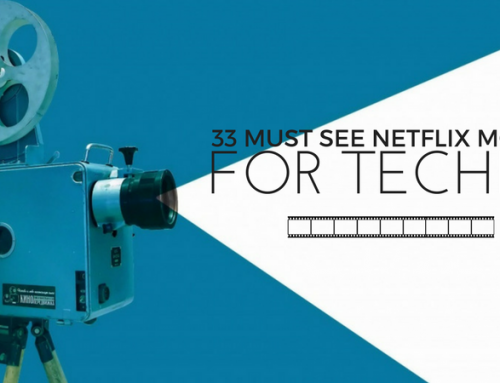Cable and satellite services normally give you dozens of channels to choose from — a big plus if you are a certified channel surfer. However, they won’t necessarily always give you a great viewing experience. If your cable or satellite is down, you’ll see altered or pixelated images, colored lines, a simple blank or white screen on your wall mount TV, and other issues.
If you want a reliable backup or alternative to cable or satellite because you’re always glued to your television set, consider installing a TV antenna.

Enjoying the Perfect TV Viewing Experience
Having the right antenna and making sure it is properly installed will always give you the ideal TV viewing experience. You will always have access to local TV channels. But simply getting any kind of antenna and placing it anywhere won’t be much help. You have to ensure you purchase a suitable antenna for your TV, place it in the best spot, and go through the installation process correctly if you want to enjoy every minute you spend in front of your TV.
There are different types of antennas: indoor, outdoor, amplified, and digital or HD antennas. These devices will allow your TV to pick up channels broadcasted locally. Regardless of your location or even if you’re mobile (traveling via a recreation vehicle), your TV will get all the local channels for free. And as long as they are installed properly, you’ll get clear channels as well.
Antenna Selection and Installation
To select the right antenna for your TV, you need to consider different factors. These include:
- Your capability for installing the antenna
- Your location
- Your budget
- Your TV set
In general, the most popular types of antennas today are still indoor and outdoor aerials. Indoor TV antennas are easy and quick to set up. They are also affordable. Unfortunately, indoor antennas are easily vulnerable to interference and can be the cause of reception issues from time to time.
Outdoor Analog and Digital TV Antennas
Outdoor TV antennas are bigger and more expensive than indoor ones. They are also more difficult to install. They have to be mounted as high as possible to get better reception and avoid signal interference. However, they provide better reception and clearer pictures.
If you have a digital television set, it is best to opt for a digital TV antenna. This type of antenna works on the same high TV frequencies or signals that digital TV sets operate on. As such, it can give you more local channels and better picture and sound quality. It also costs more than a conventional outdoor antenna.
To install an outdoor analog or digital antenna, professionals follow the simple steps below:
- Prepare the antenna. If it needs to be assembled, do this first.
- Survey your location. Look for a spot that is free of walls, trees, hills, and other tall structures that can impede reception. As a rule of thumb though, the best place to install an outdoor antenna is on top of your roof.
- Connect the cable to your TV set; make sure the cable is long enough.
- Walk over to the possible spots while another person watches the TV on the channels you are trying to receive.
- Find the best position by raising, lowering, rotating, and pivoting the antenna.
- Mark the spot where the antenna provides the best reception. This is where you will install the antenna.
- Mount the antenna following the instructions in the manual.
- Remove the cable from the TV.
- Run the cable and grounding wire along the roof. Use a nail gun to keep them in place.
- Drill a hole into the side of your home to insert the cable and wire and secure them to the grounding block.
- At the end of the grounding block, attach another cable to and run it through the hole.
- Attach one end of the grounding wire to the antenna housing and the other end to the grounding block.
- Secure the grounding block.
- Seal the hole with caulking.
- Connect the cable to the HDTV and check the channels to make sure a strong signal comes through.
When mounting the antenna on a high spot on your own, be careful; although you may want to spend endless hours watching TV, you don’t want to do this with a broken leg or arm. The best thing to do is still to call a pro who can take care of the whole outdoor antenna installation process so that you don’t have to waste time and take unnecessary risks in installing your aerial.
This guest post was contributed by the TV specialists from Jim’s Antennas. Have questions about choosing the right antenna for your TV? Leave them in the comments and we’ll answer them as soon as possible!





